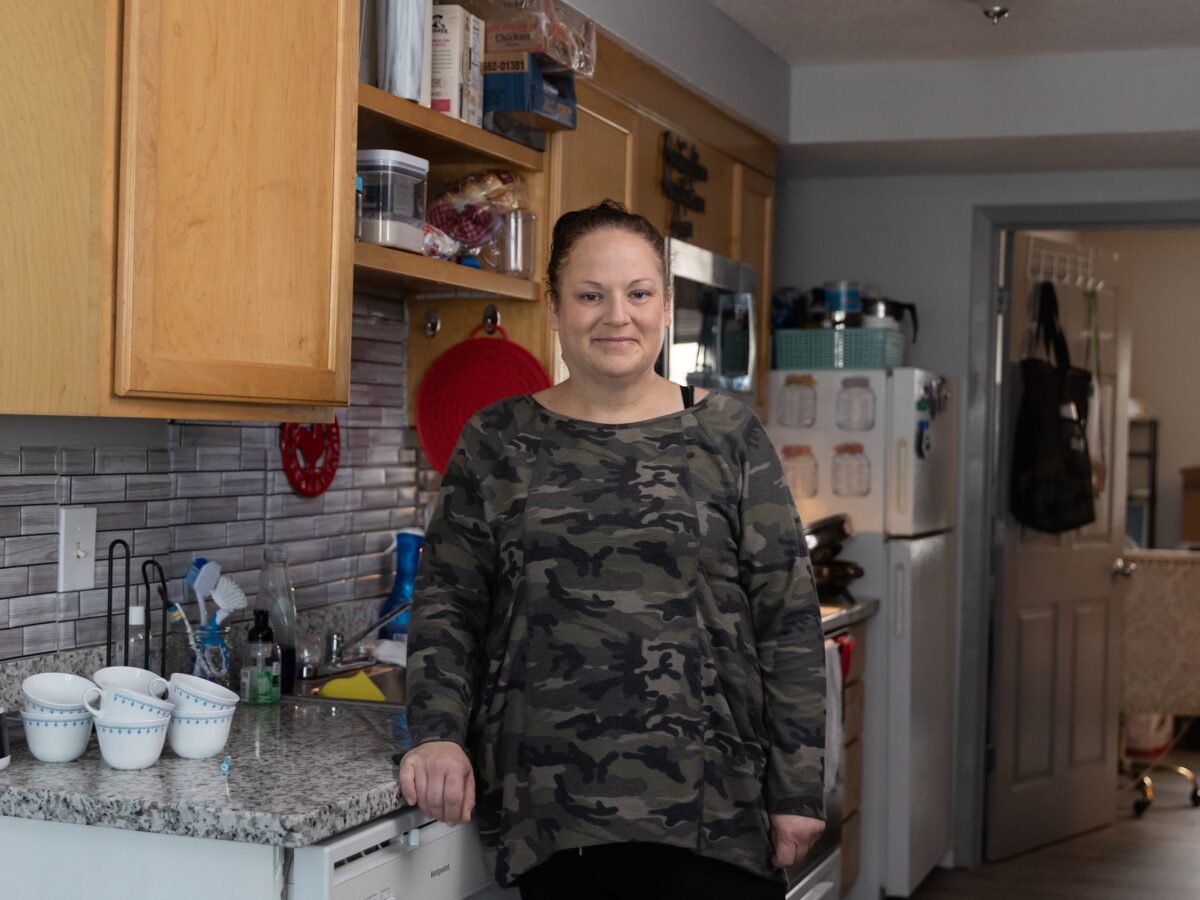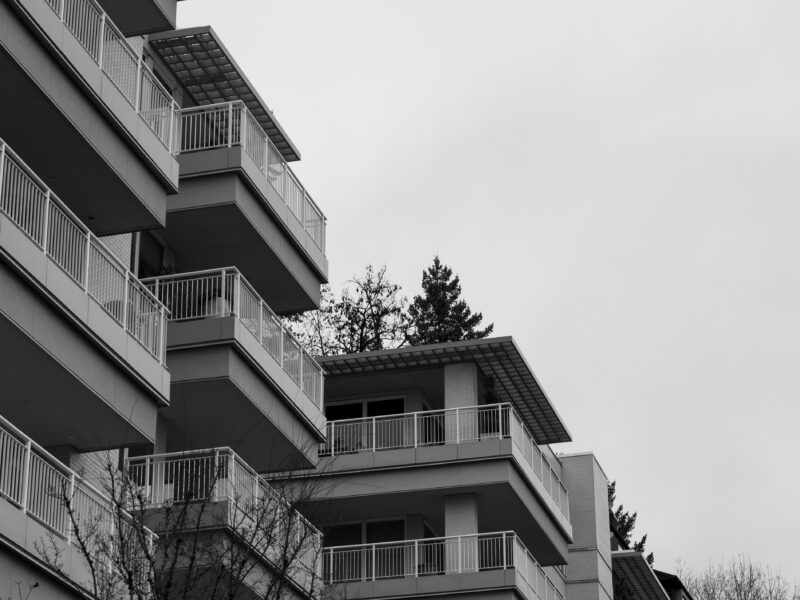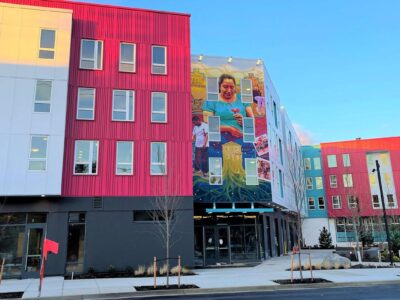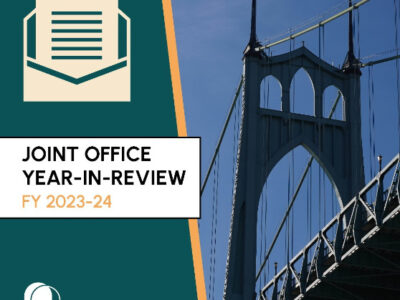Current Initiatives
Housing Multnomah Now
The Joint Office of Homeless Services, through its network of providers, has housed 311 households through the pilot initiative called Housing Multnomah Now — exceeding Chair Jessica Vega Pederson’s goal of housing 300 people by June 30, 2024.
The program housed hundreds of the most vulnerable people in the County, with a focus on serving people living outside in tents, on sidewalks and in vehicles — including people who recently moved into shelters from the street. The housing placement work was made possible with the work of seven nonprofit homeless services providers: Transition Projects, Cultivate Initiatives, Rockwood CDC, Urban League of Portland, Trash for Peace/Ground Score Association, and Sunstone Way (formerly All Good Northwest).
Announced in early 2023 and then formally launched last June, the pilot program’s initial focus was on serving people staying in significantly large high-impact campsites in the central city and east side, starting with a campsite in Northwest Portland near the Steel Bridge. But changes on the ground, including a reduction in the presence of large campsites, led leaders to shift the focus of the program to a larger array of geographic locations, including Thousand Acres in East Multnomah County, Portland’s Old Town, and the Gateway neighborhood.
Housing Multnomah Now
 311 households moved into housing
311 households moved into housing  7 nonprofits supporting housing work
7 nonprofits supporting housing work  5 geographic areas covered
5 geographic areas covered Piloting new approaches
The program piloted new ways of conducting outreach, including bringing housing navigators, case managers, and dedicated funding for rent assistance and other needs directly to campsites. In addition to offering a blanket or referrals, street outreach workers were able to directly connect people to housing resources that aren’t often available as part of their work.
The program also piloted new technology tools, serving as a “pre-pilot” for a mobile app that allowed street outreach providers to input data in the field that geotagged the location of their interactions. A similar tool was later piloted on a wider scale across the County as part of the Joint Office’s work on the Built for Zero initiative. Learnings from those projects will guide future data collection work for street outreach teams. And, lessons from these efforts are being used by the Joint Office in its work to develop a tool that would allow providers to identify available shelter beds.
Through the pilot, the Joint Office was able to build — and will continue to strengthen — connections between outreach teams, case managers and alternative shelter providers. This was due to the Multi-Agency Collaborative group that led both the Housing Multnomah Now pilot and the local response as part of the statewide Oregon All In initiative. The collaborative borrows elements from an emergency command structure typically used during disasters.
The group met weekly, convening the key people working on the initiatives, including leaders from the City of Portland and Mayor Ted Wheeler’s Office. The group worked together to select the geographic locations for the program, determine the eligibility requirements, and adapt to challenges they were facing along the way.

Jessica's Story


When I found out that I had a place, I just couldn’t believe it.
Expanded referral pathways increase access to housing
Early in the pilot, providers found that people were no longer stationary in large campsites, but were instead more likely to be reached in smaller, scattered campsites. That shift in camping patterns made the original program design difficult to scale as intended.
At the same time, the change dovetailed with the opening of new low-barrier shelter options that focused on serving people affected by camp cleanups, like the Clinton Triangle Temporary Alternative Shelter Site.
Those locations needed additional resources to improve their “flow-through” to housing. And these factors led the Multi-Agency Collaborative to adjust the eligibility criteria for Housing Multnomah Now program and expand the referral pathways, allowing people who had moved into shelter from the street within the past 90 days to qualify for the program.
And instead of only serving people in specifically designated geographic areas, the program began providing housing resources to street outreach workers who were serving people living unsheltered across the County.
These refinements to the program design, reflecting changing conditions in the community, drastically increased the number of housing placements in a short period of time. They also allowed the program to continue housing some of the most vulnerable and highly impacted people in our community.
The housing placements build on the Joint Office’s success in rehousing 234 households through Gov. Tina Kotek’s Oregon All In initiative, which also exceeded the state’s goal. A total of 545 households have been housed across the two initiatives.
Building on Joint Office’s other housing programs
The placements are just part of the work of the Joint Office to help people transition from homelessness to permanent housing. In the first nine months of the fiscal year (July 1, 2023, through March 31, 2024), Joint Office funding helped 3,587 people move out of homelessness and into housing. The placements achieved through Housing Multnomah Now in the fourth quarter of the fiscal year, along with the rest of the Joint Office’s housing work, will add to that number.
While the Housing Multnomah Now pilot program ended June 30 and won’t house additional people next fiscal year, it will continue providing housing assistance, case management and support services for people placed in housing during the pilot. The Board of Commissioners allocated $5 million for the Joint Office to fund rent and services for people who already moved into housing as a result of the program, helping ensure their continued stability in housing.
The County will also continue to expand the number of people it will house moving forward through other programming and investments, building from the experience of the Housing Multnomah Now pilot program.
Landlord recruitment
Multnomah County and the Joint Office have ramped up the work of landlord recruitment so we can increase the number of rental units available for people leaving homelessness. Four landlord recruitment providers worked on this project: Housing Connector, New Narrative, the Immigrant and Refugee Community Organization (IRCO) and Somali Empowerment Circle. Across providers, 17 full-time employees have been trained to use Housing Connector for housing placements.
Are you a landlord interested in making units available to people leaving homelessness? Learn more at the link below.






